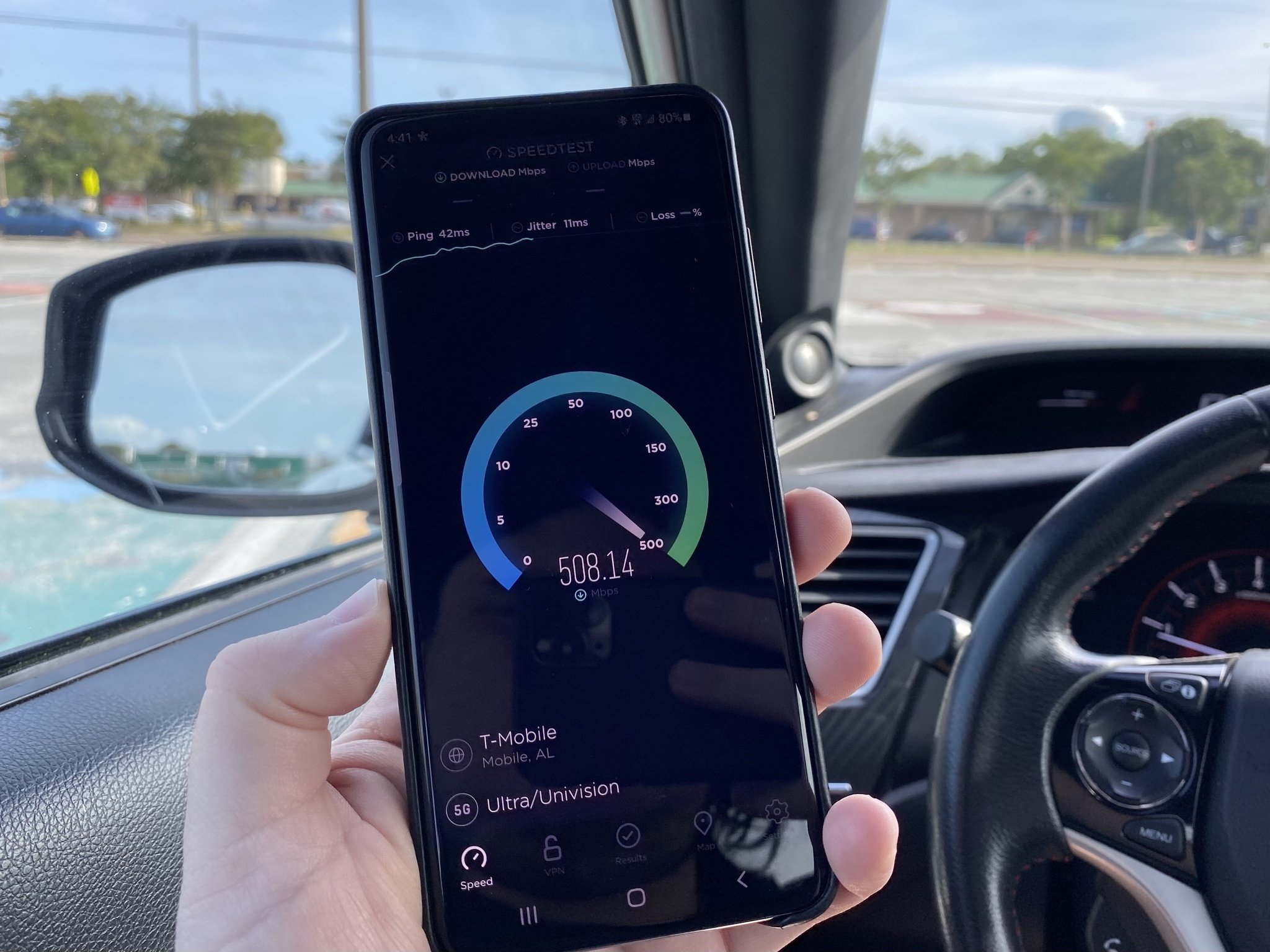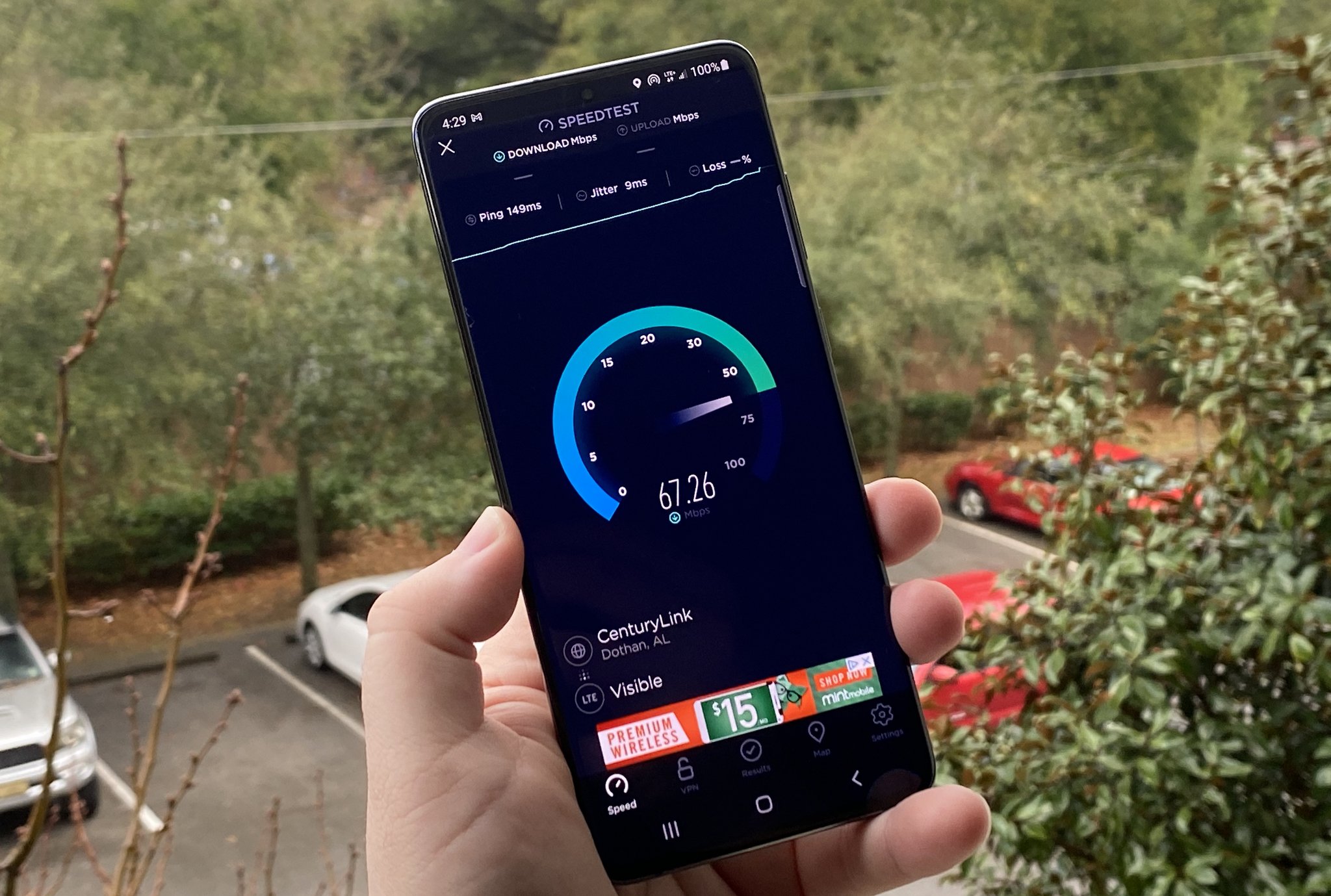Using the internet is a lot like queuing to get on a plane. Several lines keep things orderly as many different people try to get through a singular bottleneck. And like getting on a plane, some people have a higher priority and can skip right to the front of the line. All internet traffic is designed to work this way so critical data can get where it needs to go as soon as possible without having to navigate a traffic jam of YouTube videos and Tweets.
This extra delay can sometimes feel like a slow connection to the end-user waiting for something to load, and every consumer plan is subject to a bit of prioritization. It creates higher priority data tiers for health and rescue workers as well as for business accounts. Still, most of the time, data will go through in the blink of an eye on even the lowest priority carriers, so is it really something you should worry about?
Do you need premium data
Each of the big three network operators, AT&T, T-Mobile, and Verizon, include premium data with their more expensive plans. For example, the T-Mobile Magenta plan comes with 100GB of premium data, while AT&T's Unlimited Extra comes with 50GB. Both AT&T and T-Mobile's most expensive consumer plans come with unlimited premium data as well. Verizon currently offers unrestricted usage while connected to its mmWave-based Ultra Wideband 5G service, but with such limited coverage, not many people will be able to make meaningful use of that particular network.
Simply put, premium data is higher priority data. If you don't have premium data or run out, you get bumped to a lower priority tier, similar to prepaid. This gives users a buffer so they can have high-priority data when they need it but don't need to worry about going over. Your premium data resets at the end of the month. This premium data is one of the main things that distinguishes the best cell phone plans from one another.
Still, some come with no premium data whatsoever, like Verizon Start Unlimited and AT&T Unlimited Starter. These plans are both unlimited, but all data communication will be a lower priority than those with premium data on the same tower. But what about prepaid carriers and MVNOs?
MVNOs and limited unlimited plans
Users on prepaid carriers use the same underlying network as postpaid customers, though, in general, all of their traffic is treated as a lower priority. What exactly this priority is depends on the carrier, capability of the hardware, and whether or not the user has passed a deprioritization usage limit.
On prepaid carriers, there are a few ways your data might be slowed down. The main way is with a data cap. Many carriers that advertise unlimited data actually have a high cap, such as Mint Mobile's 35GB limit. While more than enough data for most people in a month, your speeds will be slowed down to a predetermined speed if you use a lot of data. After this, users' data stays slowed down until the end of the pay period. This is not an example of deprioritization; it's a hard speed cap.
Another way is a simple speed limit. Cricket is one of the few remaining carriers to have speed limits on some of its plans. Cricket's base unlimited plan, for example, has an 8Mbps speed limit and is also subject to deprioritization. This is enough for most everyday usage, though it will be felt on large downloads such as an offline movie before a flight.
Most prepaid plans also have speed limits for streaming video, often as low as 1.5Mbps. Postpaid plans can have this as well, though HD videos can be enabled manually with the more expensive plans.
Finally, there are much larger unlimited plans such as those from Visible or US Mobile. Visible manages to stay away from actual data caps with only a vague 200Mbps speed limit for 5G connections. Other than that, it's unlimited. Visible uses the Verizon network and is even owned by Verizon though it will see more slowdowns than a postpaid Verizon plan.
On a clear network with only one connection, each should perform identically. Things change as more people get connected. While the average speed of your connection can stay high, you may notice that it's way less consistent during a speed test or download. This is due to other connections on the same tower taking precedence over your download.
Even with these limitations, if your network of choice has enough capacity, all users should have more than enough speed to comfortably use their data connections most of the time.
When are you likely to experience this slow data?
While you probably won't notice it most of the time, there are a few things that can consistently exacerbate your deprioritization. The most prominent place you'll notice slowdown is in heavily populated areas. This can be at a concert or sports event where lots of people are trying to use a lot of data simultaneously. All these connections must connect to the same local tower that can get backed up.
While carriers have been working on adding capacity in major cities with both small cell sites and new spectrum, there's only so much that can be done. In these places, it's much more likely that you'll notice a slower connection.
Each of these carriers uses the Verizon network with differing speed test results.
Local internet outages can also place a lot of strain on the cell network. If the main provider for an area experiences an outage, all phones in the area that would typically use Wi-Fi at home will reconnect to data, putting unusual strain on the network. On top of that, people will likely use more data than usual on streaming and mobile hotspot data.
On top of that, mobile hotspot data is often a lower priority than other data usage, further exacerbating the problem. If you're the sort of person that needs access to the internet at all times, a prepaid carrier may not be a great solution during an outage.
What can be done to keep speeds high?
Many people are flocking to prepaid carriers to save money over their pricier postpaid counterparts. Prepaid carriers also allow users to save money without needing to pay for multiple lines. So what can prepaid carriers do to keep performance high?
One thing is to encourage WI-Fi usage. Google Fi is a leader in the category with automatic connections to Wi-Fi hotspots as well as an included VPN to help keep your data secure. Still, anyone can use a great VPN on their phone regardless of the carrier, making public Wi-Fi a great option.
Another solution will come with 5G's great capacity. This capacity comes from not only new spectrum being used in the mid-band but also with NR CA or 5G carrier aggregation. This technology combines multiple 5G bands to deliver greater speeds than are possible with a single band. T-Mobile, for example, can use NR CA with its 600MHz band n71 and 2.5GHz n41 bands. Even greater capacity is on the way, thanks to upcoming C-band deployments in late 2021 and 2022.
 Ultra Capacity band n41 on T-Mobile-based Ultra Mobile.
Ultra Capacity band n41 on T-Mobile-based Ultra Mobile.
As 5G capacity is added to each carrier's network, deprioritization will become less significant as the newer network can deal with data much more quickly and efficiently. Still, 5G isn't immune to prioritization as carriers load the network with as many services as possible, like home internet, to get a quicker return on their massive 5G investments. Home Internet on 5G, for example, will add a lot of data usage to the network, though T-Mobile's 5G home internet service is among the lowest priorities according to its Open Internet policy.
At the end of the day, the impact of data prioritization comes down to your area and the strength of your coverage. If you live in a rural area with very little other traffic, you'll likely never notice deprioritization. If you live in a suburban or urban area, on the other hand, the premium data of a postpaid plan may be a lot more valuable.



Tidak ada komentar:
Posting Komentar